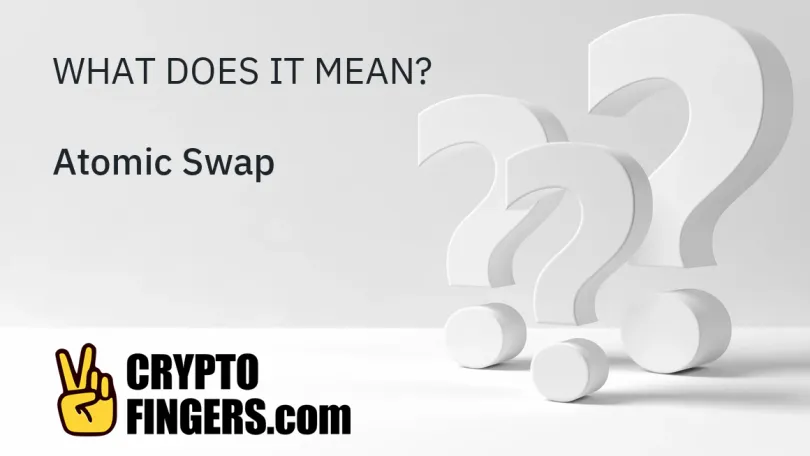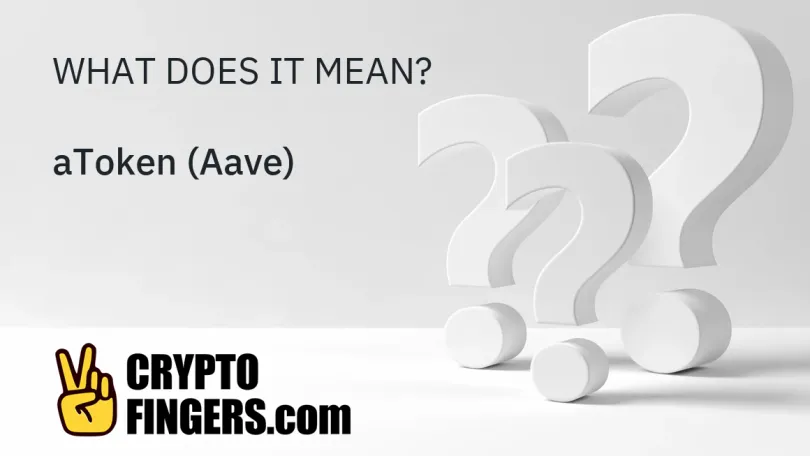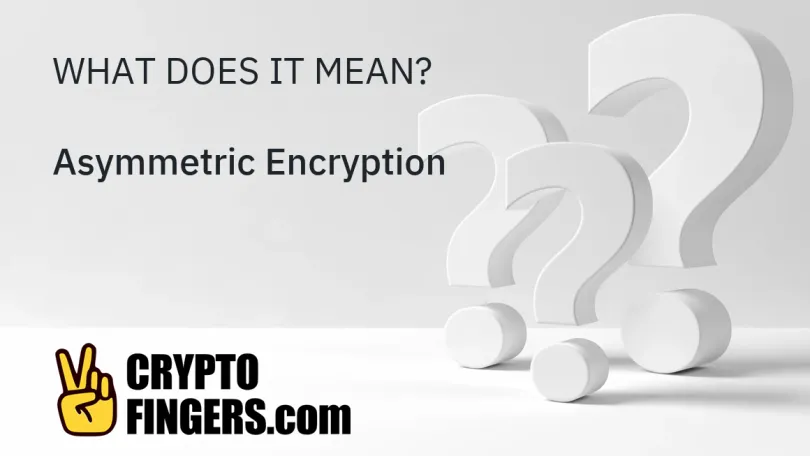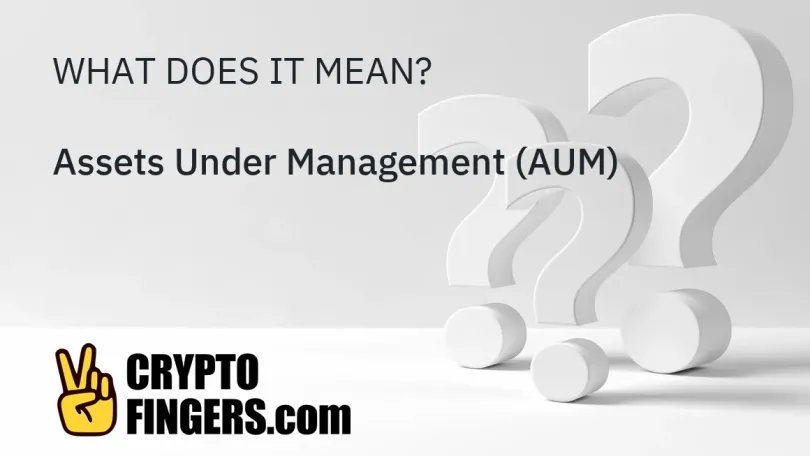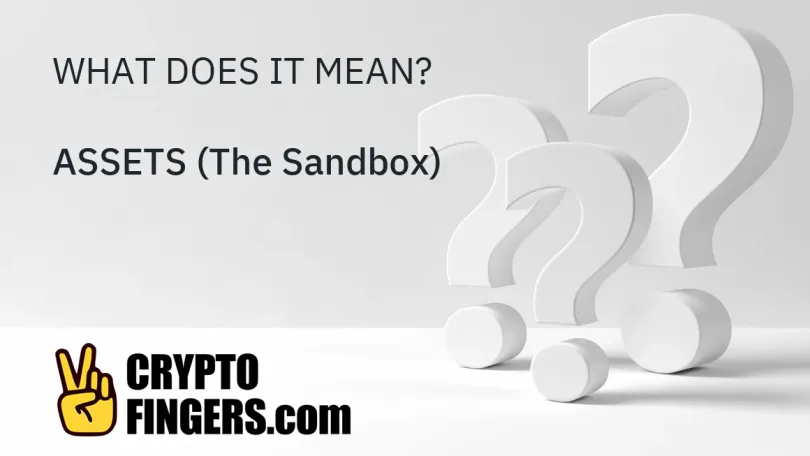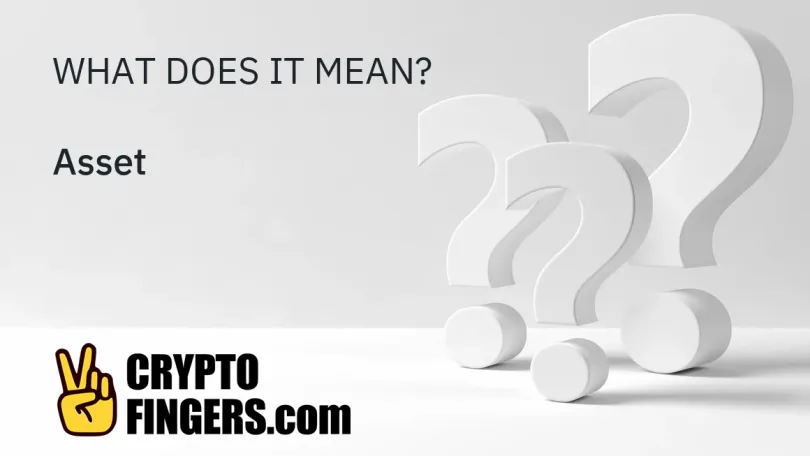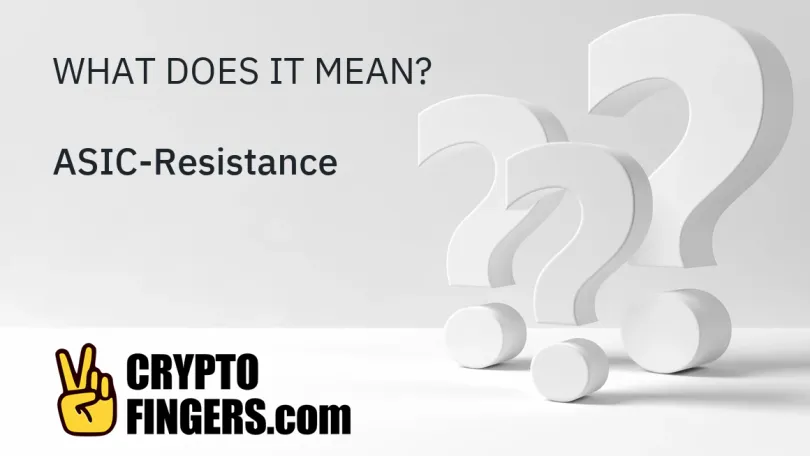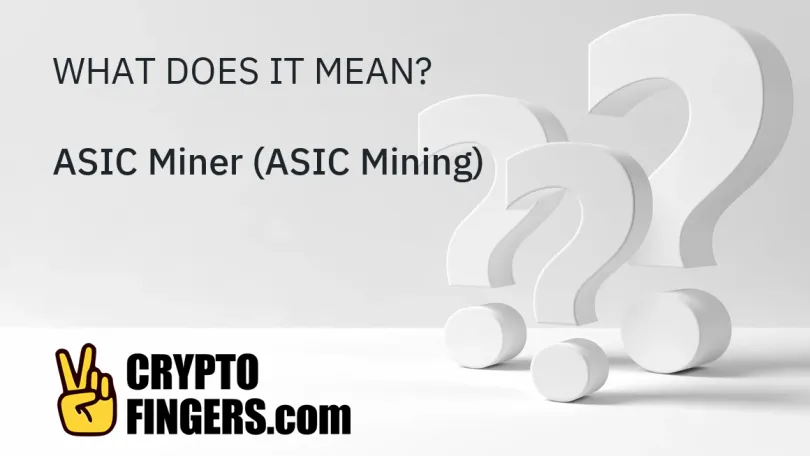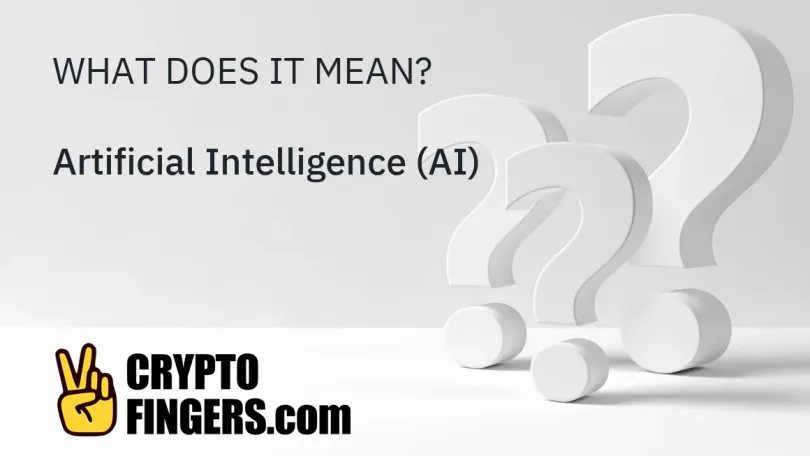⁝⁝⁝
Blockchain & Crypto Glossary
An atomic swap is a peer-to-peer (P2P) exchange of crypto assets between two parties without the use of a trusted third party, such as a centralized exchange. Atomic swaps utilize smart..
An aToken is an ERC-20 token that represents an ownership claim on an underlying asset in the Aave protocol. When a user deposits assets into Aave liquidity pools, the platform automatically..
Asynchronous Byzantine Fault Tolerance (aBFT) is a consensus mechanism that improves on typical Byzantine Fault Tolerance (BFT) consensus by solving the Byzantine General's Fault problem..
Asymmetric encryption is a cryptographic system that uses a public key for encryption and a private key for decryption. The public key can be shared with anyone, while the private key is..
Assets under management (AUM) is a measurement used to signify the total market value of all assets being managed by a financial fund, institution, or portfolio manager. However, the exact..
In The Sandbox game, ASSETS are tokens created by players who build user-generated content. ASSETS utilize the ERC-1155 standard.
An asset is anything of monetary value that can be owned or purchased. Within the context of investing, assets can refer to a variety of financial and physical instruments..
ASIC-resistance is a design feature that has been implemented on some Proof-of-Work (PoW) blockchains to prevent them from being dominated by application-specific integrated circuit (ASIC)..
An application-specific integrated circuit (ASIC) miner is a specialized type of computerized mining rig that is used to mine bitcoin (BTC) and other types of cryptocurrency..
Artificial intelligence (AI) is a branch of computer science that is focused on building programs — or smart machines — that are able to perform decision-making and problem-solving tasks..
⁝⁝⁝
Trending news
- Artificial Intelligence (AI)
- Altcoins
- Bitcoin
- DeFi
- Ethereum
- Economy
- Market and Events
- Metaverse
- Mining
- NFT
- Regulation
- Web3
- show less
⁝⁝⁝ Test your knowledge














